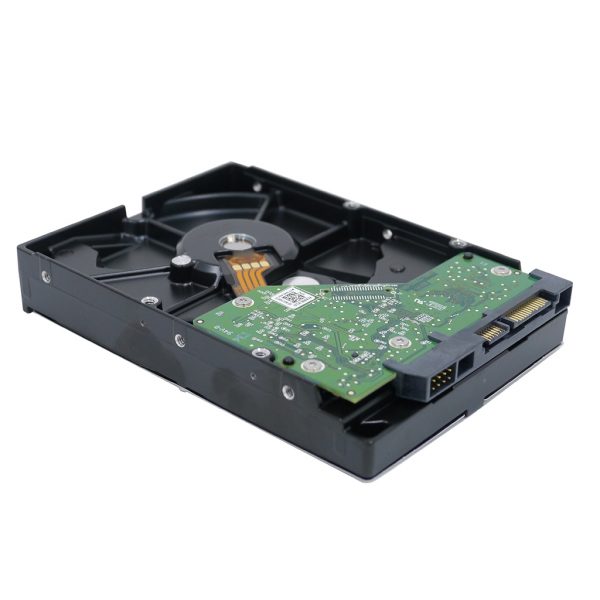Machine learning (ML) and artificial intelligence (AI) are revolutionizing CCTV video surveillance by enhancing the capabilities of traditional surveillance systems. Here’s a step-by-step guide on how machine learning can be applied to CCTV video surveillance:
Tools Needed:
- CCTV cameras
- Machine learning algorithms
- Video content analytics (VCA) software
- High-performance computing resources
- Datasets for training ML models
Steps to Implement Machine Learning in CCTV Surveillance:
- Data Collection:
- Record Footage: Collect video footage from CCTV cameras installed in various locations.
- Label Data: Annotate the footage with labels such as “person,” “vehicle,” “object,” etc., to create a training dataset for the ML model.
- Model Training:
- Choose ML Algorithms: Select appropriate machine learning algorithms such as deep learning, convolutional neural networks (CNNs), or recurrent neural networks (RNNs).
- Train the Model: Use the labeled dataset to train the ML model, allowing it to learn to recognize and classify objects, people, and activities in the video footage.
- Real-Time Analysis:
- Deploy the Model: Integrate the trained ML model with the CCTV system to analyze video feeds in real-time.
- Object Detection: The ML model can detect and classify objects, people, and vehicles in the video footage, providing accurate and timely information.
- Anomaly Detection:
- Identify Abnormal Behavior: The ML model can identify unusual or suspicious activities, such as loitering, trespassing, or unauthorized access, triggering alerts for security personnel.
- Automated Alerts: Set up automated alerts to notify security teams when specific events or behaviors are detected.
- Facial and License Plate Recognition:
- Facial Recognition: Use ML algorithms to recognize faces and match them against pre-existing databases, helping to identify persons of interest or flagged individuals.
- License Plate Recognition: Implement ML models to read license plates and automate vehicle tracking for enhanced security in parking lots and high-security areas.
- Video Content Analysis (VCA):
- Indexing and Search: Use VCA technology to index video metadata, making it searchable and actionable.
- Trend Analysis: Analyze video data to identify trends, extract actionable intelligence, and drive informed decisions for safety and security.
Benefits of Using Machine Learning in CCTV Surveillance:
- Enhanced Security: Improved accuracy in detecting and classifying objects, people, and activities, leading to better security outcomes.
- Proactive Monitoring: Real-time analysis and automated alerts enable proactive responses to potential threats.
- Reduced False Alarms: Advanced recognition capabilities reduce false alarms triggered by irrelevant movements.
- Efficient Data Management: Video content analysis structures live or archived video data, making it easier to manage and retrieve.
Related Products
Frequently Asked Questions (FAQ)
- What types of machine learning algorithms are used in CCTV surveillance?
- Common algorithms include deep learning, CNNs, and RNNs, which are effective in object detection and classification.
- How does machine learning improve CCTV surveillance?
- Machine learning enhances the accuracy and efficiency of video analysis, enabling real-time detection, anomaly identification, and automated alerts.
- Can machine learning be used for facial recognition in CCTV systems?
- Yes, ML algorithms can be used for facial recognition, matching faces against databases to identify persons of interest.
- What are the challenges of implementing machine learning in CCTV surveillance?
- Challenges include the need for high-quality training data, computational resources, and ensuring privacy and ethical considerations.


